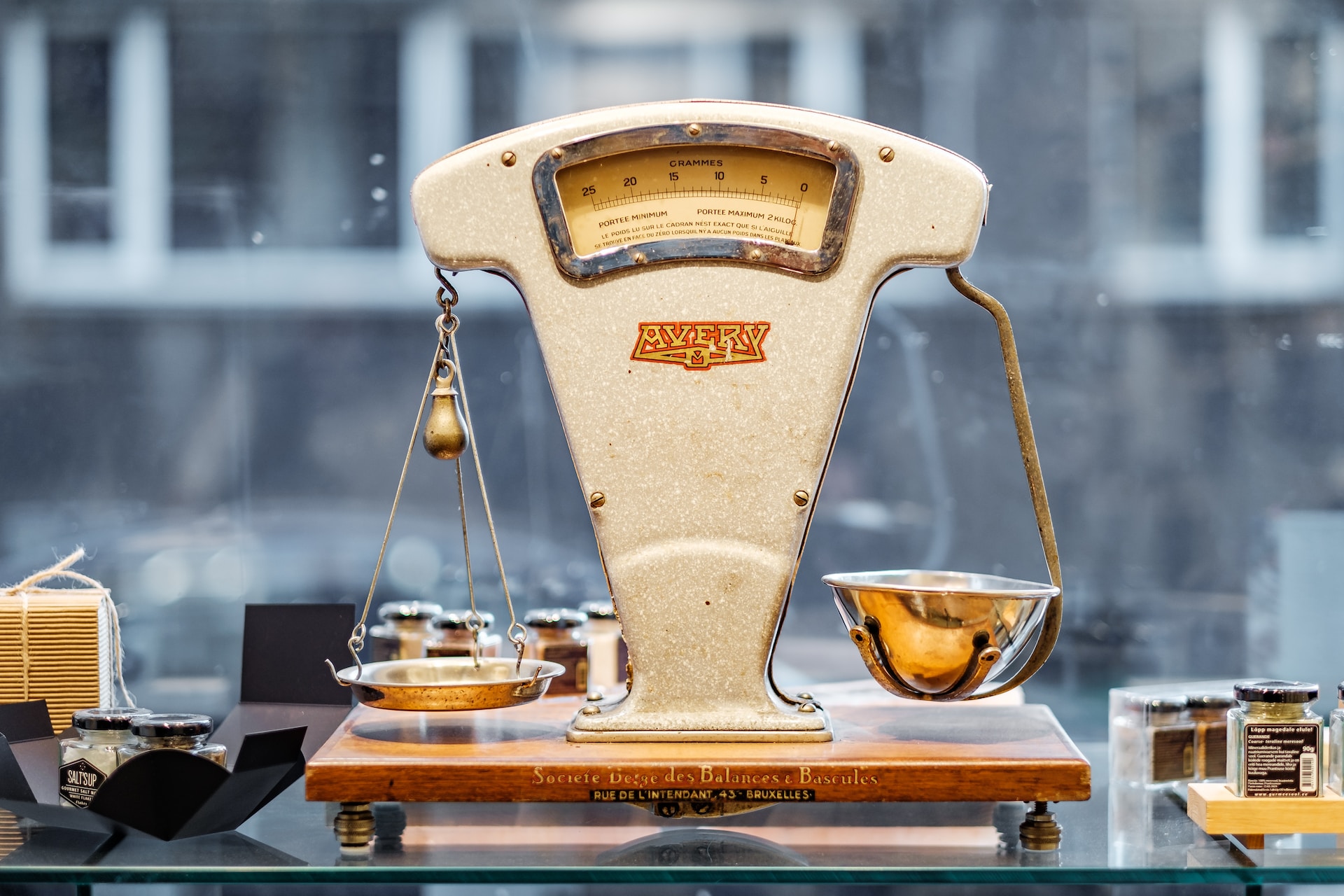Measuring mass is an essential aspect of scientific research, engineering, and everyday life. There are several tools that people use to measure mass, ranging from simple balance scales to highly advanced scientific instruments.
In this article, we’ll look at the various mass measurement tools, their uses, and how they operate.
What is Mass?
Understanding what mass is crucial before exploring the various tools available for measuring mass.
The quantity of matter in an object is referred to as mass in physics. It is a scalar quantity that is measured in kilograms (kg) or grams (g). While an object’s weight depends on its location and the force of gravity acting on it, its mass is independent of both.
Types of Mass Measuring Tools
Balance Scales
Balance scales are among the oldest and most basic tools used to measure mass. They work on the principle of comparing the mass of an unknown object to a known mass. The balance scale consists of two pans suspended from a beam.
The unknown object is placed on one pan, and a known mass is placed on the other pan. The balance scale is considered balanced when both pans are at the same level. By adjusting the known mass until both pans are at the same level, the mass of the unknown object can be determined.
Balance scales come in different sizes and can measure masses ranging from a few grams to several tons. They are commonly used in laboratories, pharmacies, and jewelry stores. They are simple and require no electricity, making them ideal for use in areas without electricity.
Spring Scales
Spring scales, also known as force gauges, are another common tool used to measure mass. They work on the principle of Hooke’s law, which states that the force required to stretch or compress a spring is proportional to the displacement of the spring from its original position.
Spring scales have a spring attached to a hook, and the object whose mass is being measured is suspended from the hook. The spring stretches under the weight of the object, and the extent of stretching is proportional to the mass of the object. The spring scale is calibrated to read the object’s mass directly in grams or kilograms.
Spring scales come in different sizes and can measure masses ranging from a few grams to several hundred kilograms. They are commonly used in grocery stores, laboratories, and industries that require accurate measurements of small or medium-sized objects.
Beam Balance
The beam balance is a type of balance scale that consists of a horizontal beam supported by a fulcrum. The beam has two pans suspended from it, one on each side. The object whose mass is being measured is placed on one pan, and known masses are placed on the other pan.
The beam balance is considered balanced when both pans are at the same level. By adjusting the known masses until both pans are at the same level, the mass of the unknown object can be determined.
The beam balance is commonly used in laboratories and industries that require precise measurement of mass. They can measure masses ranging from a few milligrams to several kilograms.
Electromagnetic Balance
The electromagnetic balance is a highly accurate and sensitive instrument used to measure mass. It works on the principle of the interaction between a magnetic field and an electrically conductive object. The electromagnetic balance consists of a coil of wire that produces a magnetic field and a pan suspended from a spring.
The pan is made of an electrically conductive material such as aluminum or copper. The magnetic field created by the coil interacts with the electrically conductive material of an object when it is placed on the pan, changing the electrical current flowing through the coil. The change in current is proportional to the object’s mass, and the electromagnetic balance can measure this change accurately.
The electromagnetic balance is commonly used in scientific research, particularly in the fields of chemistry and physics, where high-precision measurements of mass are required. They are also used in industries that require precise measurement of mass, such as pharmaceuticals and microelectronics.
Gas Chromatography-Mass Spectrometry (GC-MS)
GC-MS is a highly advanced analytical technique used to separate and identify the components of a sample. It works by passing a sample through a gas chromatograph to separate its components based on their physical and chemical properties.
The separated components are then ionized and analyzed using a mass spectrometer. The mass spectrometer measures the mass-to-charge ratio of the ionized particles, allowing the identification and quantification of the components in the sample.
GC-MS is commonly used in analytical chemistry, biochemistry, and forensic science. It can identify and quantify a wide range of substances, including drugs, pollutants, and biological compounds.
Conclusion
There are several tools used to measure mass, ranging from simple balance scales to highly advanced scientific instruments like GC-MS. The choice of instrument depends on the level of accuracy required and the nature of the sample being measured.
Balance scales and spring scales are simple and widely used tools that can measure masses ranging from a few grams to several hundred kilograms. Beam balances are used in laboratories and industries that require precise measurements of mass.
Electromagnetic balances are highly accurate and sensitive instruments used in scientific research and industries that require precise measurements of mass. GC-MS is an advanced analytical technique that is frequently used in analytical chemistry, biochemistry, and forensic science to separate and identify the components of a sample.




